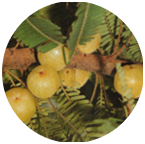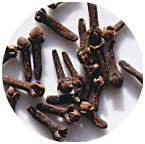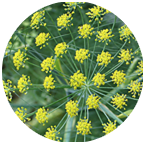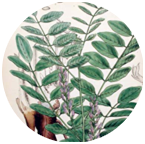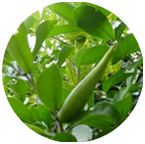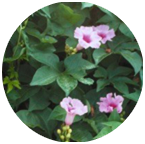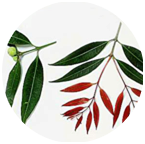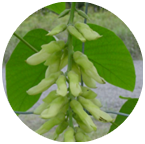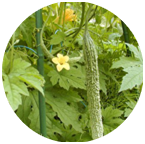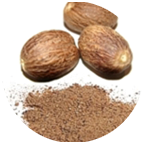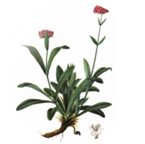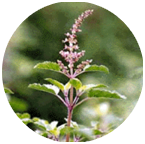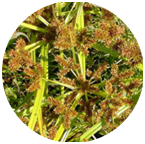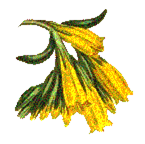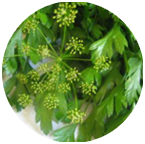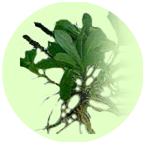Emblica officinalis
Latin name: Emblica officinalis
English name: Indian Gooseberry
Sanskrit / Indian name: Amala, Avala
- It’s fruit contains the highest amount of vitamin C in natural form and cytokine-
like substances identified as zeatin, z.riboside, z. nucleotide. - It’s fruit is acrid, cooling, refrigent, diuretic, laxative and used in the
preparation of hair dyes. - Fruit oil has the property of promoting hair growth and nourishes the scalp.
The dried fruit is useful in hemorrhage, diarrhea and dysentery. - It has anabolic, antibacterial expectorant cardiotonic and resistance building
properties and used in the treatment of leucorrhea and arteriosclerosis. - It prevents infections by supporting immune system and help in the healing
of ulcers. - It has property to reach in each and every cell of the body. Hence it cures
the diseases from cellular levels.

